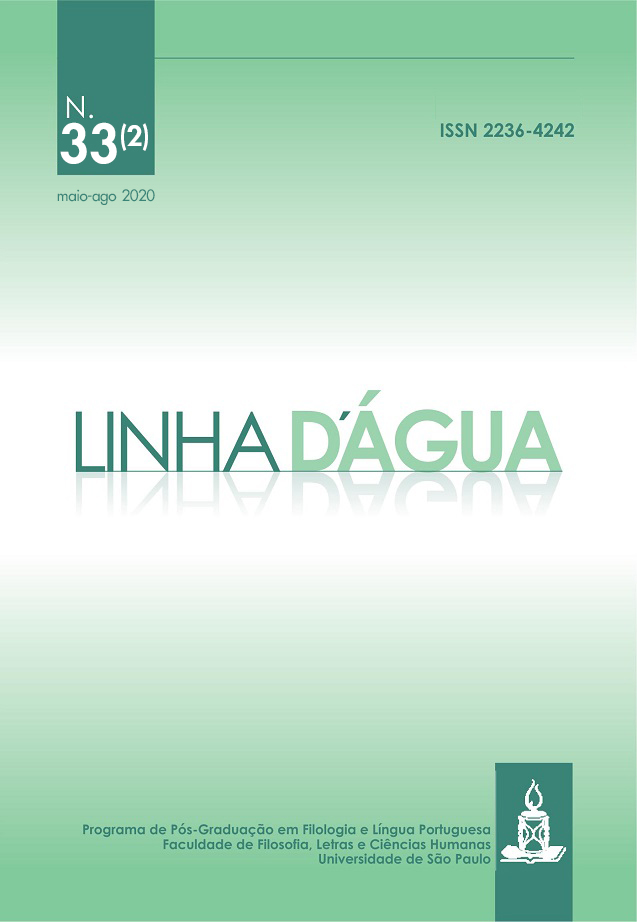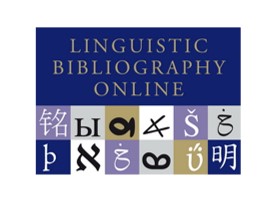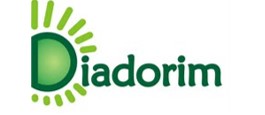The Teaching Activity and a Training Proposal for Video Lessons
DOI:
https://doi.org/10.11606/issn.2236-4242.v33i2p91-115Keywords:
Teaching Activity, Training, Video Lessons, Didactic Sequence, Multimodal CapacityAbstract
This article aims at presenting some concepts that will be necessary to defend our position that recording audiovisual media goes beyond good oral communication and mastery of content. It is necessary to know this new workspace and develop multimodal skills. In other words, it is necessary to assume the need to invest in didactic sequences so that the teacher can improve this new knowledge. For this, we will discuss the teaching activity and the characteristics of the audiovisual media, and then we will present some guidelines for the elaboration of a didactic sequence about the video lesson. Our discussions are linked to the studies of Bronckart (2006/2008), Clot (1999/2006), Amigues (2004) and Saujat (2002) and Machado (2007) on teaching work, and the development of didactic sequences for teaching text genres (SCHNEUWLY and DOLZ, 2004). In this article, we assume video lessons as a teaching object, so that the teacher can make them one of his tasks at work. Through didactic sequences that problematize all stages of the production of a video lesson, we believe it is possible to contribute to its mastery by the teacher.
Downloads
References
ABREU-TARDELLI, L.A. trabalhodoprofessor@chateducacional.com.br: aportes para compreender o trabalho do professor iniciante em EAD. 2006. Tese (Doutorado em Linguística Aplicada e Estudos da Linguagem) – Pontifícia Universidade Católica de São Paulo (PUC), São Paulo, 2006.
AMIGUES, R. Trabalhado do professor e trabalho de ensino. In: MACHADO, A. R. (org.). O ensino como trabalho: uma abordagem discursiva. Londrina, Eduel, 2004.
BRONCKART, J. P. Atividade de linguagem, discurso e desenvolvimento humano. Mercado de Letras: São Paulo, 2006.
BRONCKART, J. P. O agir nos discursos: das concepções teóricas às concepções dos traba-lhadores. São Paulo: Mercado de Letras, 2008.
BUENO, L. Roteiro para video-aula. Documento de Trabalho, 2019.
CEBRIÁN HERREROS, Mariano. Información audiovisual: concepto, técnica, expresión y aplicaciones. Madrid: Síntesis, segunda reimpressão, 2007.
CLOT, Y. A função psicológica do trabalho. [Trad. de Adail Sobral]. Petrópolis, Vozes, 1999/2006.
DOLZ, J. Gêneros orais e escritos na escola. Trad. Roxane Rojo e Glaís Cordeiro. Campinas, SP: Mercado de Letras, 2004.
DOLZ, J.; NOVERRAZ, M.; SCHNEUWLY, B. Sequências didáticas para o oral e a escrita: apresentação de um procedimento. In: SCHNEUWLY, Bernard;
DOLZ, J.; SCHNEUWLY, B.; et al. A exposição oral. In: SCHNEUWLY, B.; DOLZ, J. Gêneros orais e escritos na escola. Trad. Roxane Rojo e Glaís Cordeiro. Campinas, SP: Mercado de Letras, 2004.
EXTRACLASSE. Contratação uberizada de professores por aplicativo já é realidade. Disponível em: https://www.extraclasse.org.br/educacao/2020/01/contratacao-uberizada-de-professores-por-aplicativo-ja-e-realidade/. Acesso em 07/02/2020.
FIELD, Sid. Manual do roteiro: os fundamentos do texto cinematográfico. Rio de Janeiro: Objetiva, 2001.
LEBRUN, M. (coordenação), LACELLE, N. & BOUTIN, J-F.. La littératie médiatique multimodale: de nouvelles approches en lecture. Québec: Presses de l’Université du Québec, 2012.
LONGHI, R. R. O audiovisual como gênero expressivo e sua reconfiguração no jornalismo online. Estudos em Comunicação, n. 16, p. 69 -88, Junho de 2014.
MACHADO, A. R. Por uma concepção ampliada do trabalho do professor. In: GUIMARÃES, A. M. M.; MACHADO, A. R.; COUTINHO, A. (Orgs). O Interacionismo Sociodiscursivo: questões epistemológicas e metodológicas. São Paulo: Mercado de Letras, 2007.
MAZZEU, I. R.; BIDIM, Y. Produção de mídia audiovisual. Universidade Federal de São Carlos – USFCar (material online), 2019.
MUSSIO, S. C. Do presencial ao digital: um diálogo com o gênero videoaula youtubiano de escrita científica. Revista Fronteiras – estudos midiáticos, Vol. 18 Nº 3 – setembro/dezembro 2016.
PRETTO, N. L.; RICCIO, N. C. R. A formação continuada de professores universitários e as tecnologias digitais. Educar, Curitiba, n. 37, p. 153-169, maio/ago. 2010. Editora UFPR
RABAÇA, C. A.; BARBOSA, G. G. Dicionário de Comunicação. Rio de janeiro: Editora Campus, 2002.
ROJO, R. H. R. Novos multiletramentos e protótipos de ensino: Por um Web-Currículo. In: Cordeiro, G. S.; Barros, E. M. D.; Gonçalves, A. V. (Orgs.). Letramentos, objetos e instrumentos de ensino: Gêneros textuais, sequências e gestos didáticos. Campinas: Pontes, 2017, p. 189-216.
SCHNEUWLY, B. Gêneros e tipos de discurso: considerações psicológicas e ontogenéticas. In: SCHNEUWLY, B.; DOLZ, J. Gêneros orais e escritos na escola. Trad. Roxane Rojo e Glaís Cordeiro. Campinas, SP: Mercado de Letras, 2004.
SILVA, A. M. da; A uberização do trabalho docente no Brasil: uma tendência de precarização no século XXI. Trabalhonecessário, v.17, n. 34, set-dez, 2019.
Downloads
Published
Issue
Section
License
Copyright (c) 2020 Linha D'Água

This work is licensed under a Creative Commons Attribution-NonCommercial 4.0 International License.
The Editorial Board authorizes free access to and distribution of published contentes, provided that the source is cited, that is, granding credit to the authors and Linha D'Água and preserving the full text. The author is allowed to place the final version (postprint / editor’s PDF) in an institutional/thematic repositor or personal page (site, blog), immediately after publication, provided that it is available for open access and comes without any embargo period. Full reference should be made to the first publication in Linha D'Água. Access to the paper should at least be aligned with the access the journal offers.
As a legal entity, the University of São Paulo at Ribeirão Preto School of Philosophy, Sciences and Languages owns and holds the copyright deriving from the publication. To use the papers, Paidéia adopts the Creative Commons Licence, CC BY-NC non-commercial attribution. This licence permits access, download, print, share, reuse and distribution of papers, provided that this is for non-commercial use and that the source is cited, giving due authorship credit to Linha D'Água. In these cases, neither authors nor editors need any permission.
Partial reproduction of other publications
Citations of more than 500 words, reproductions of one or more figures, tables or other illustrions should be accompanied by written permission from the copyright owner of the original work with a view to reproduction in Linha D'Água. This permission has to be addressed to the author of the submitted manuscript. Secondarily obtained rights will not be transferred under any circumstance.










